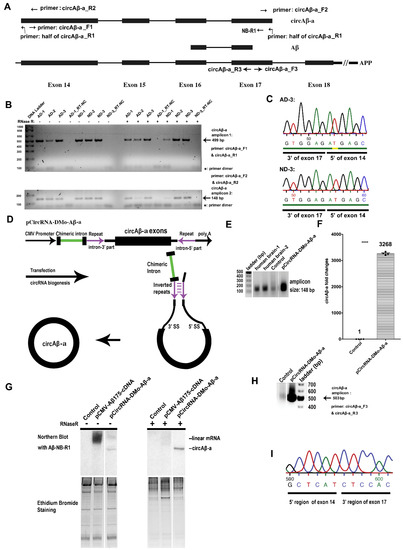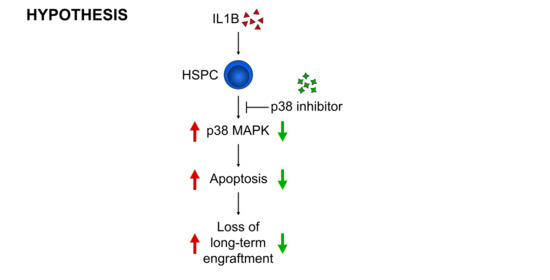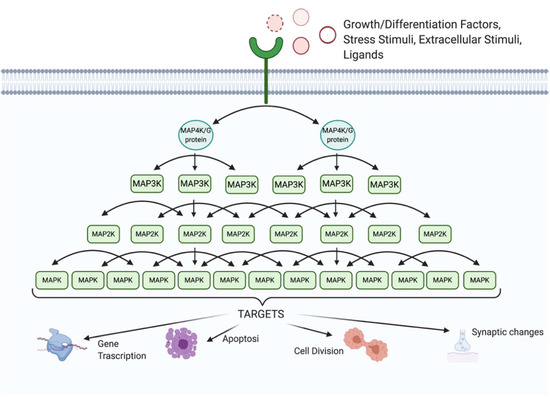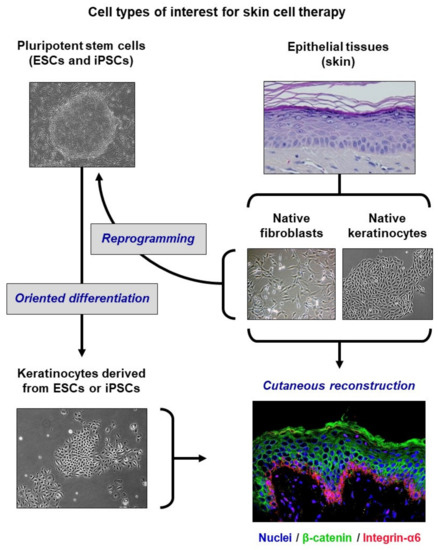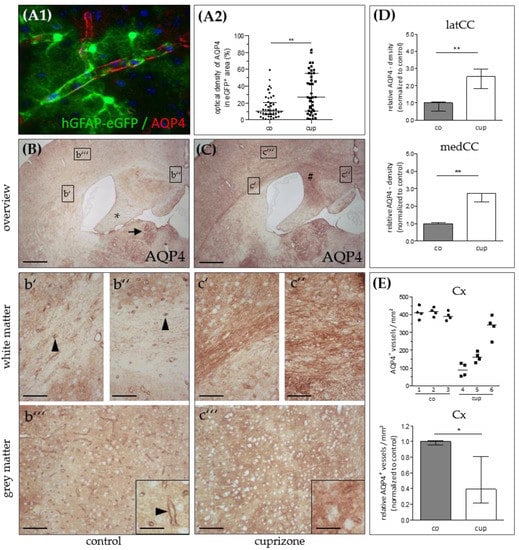Cells 2020, 9(10), 2201; https://doi.org/10.3390/cells9102201 - 29 Sep 2020
Cited by 6 | Viewed by 3301
Abstract
Diverse extracellular signals induce plasma membrane translocation of sphingosine kinase-1 (SphK1), thereby enabling inside-out signaling of sphingosine-1-phosphate. We have shown before that Gq-coupled receptors and constitutively active Gαq/11 specifically induced a rapid and long-lasting SphK1 translocation, independently of canonical G
[...] Read more.
Diverse extracellular signals induce plasma membrane translocation of sphingosine kinase-1 (SphK1), thereby enabling inside-out signaling of sphingosine-1-phosphate. We have shown before that Gq-coupled receptors and constitutively active Gαq/11 specifically induced a rapid and long-lasting SphK1 translocation, independently of canonical Gq/phospholipase C (PLC) signaling. Here, we further characterized Gq/11 regulation of SphK1. SphK1 translocation by the M3 receptor in HEK-293 cells was delayed by expression of catalytically inactive G-protein-coupled receptor kinase-2, p63Rho guanine nucleotide exchange factor (p63RhoGEF), and catalytically inactive PLCβ3, but accelerated by wild-type PLCβ3 and the PLCδ PH domain. Both wild-type SphK1 and catalytically inactive SphK1-G82D reduced M3 receptor-stimulated inositol phosphate production, suggesting competition at Gαq. Embryonic fibroblasts from Gαq/11 double-deficient mice were used to show that amino acids W263 and T257 of Gαq, which interact directly with PLCβ3 and p63RhoGEF, were important for bradykinin B2 receptor-induced SphK1 translocation. Finally, an AIXXPL motif was identified in vertebrate SphK1 (positions 100–105 in human SphK1a), which resembles the Gαq binding motif, ALXXPI, in PLCβ and p63RhoGEF. After M3 receptor stimulation, SphK1-A100E-I101E and SphK1-P104A-L105A translocated in only 25% and 56% of cells, respectively, and translocation efficiency was significantly reduced. The data suggest that both the AIXXPL motif and currently unknown consequences of PLCβ/PLCδ(PH) expression are important for regulation of SphK1 by Gq/11.
Full article
(This article belongs to the Special Issue Sphingolipids: From Pathology to Therapeutic Perspectives - A Themed Honorary Issue to Prof. Lina Obeid)
►
Show Figures





